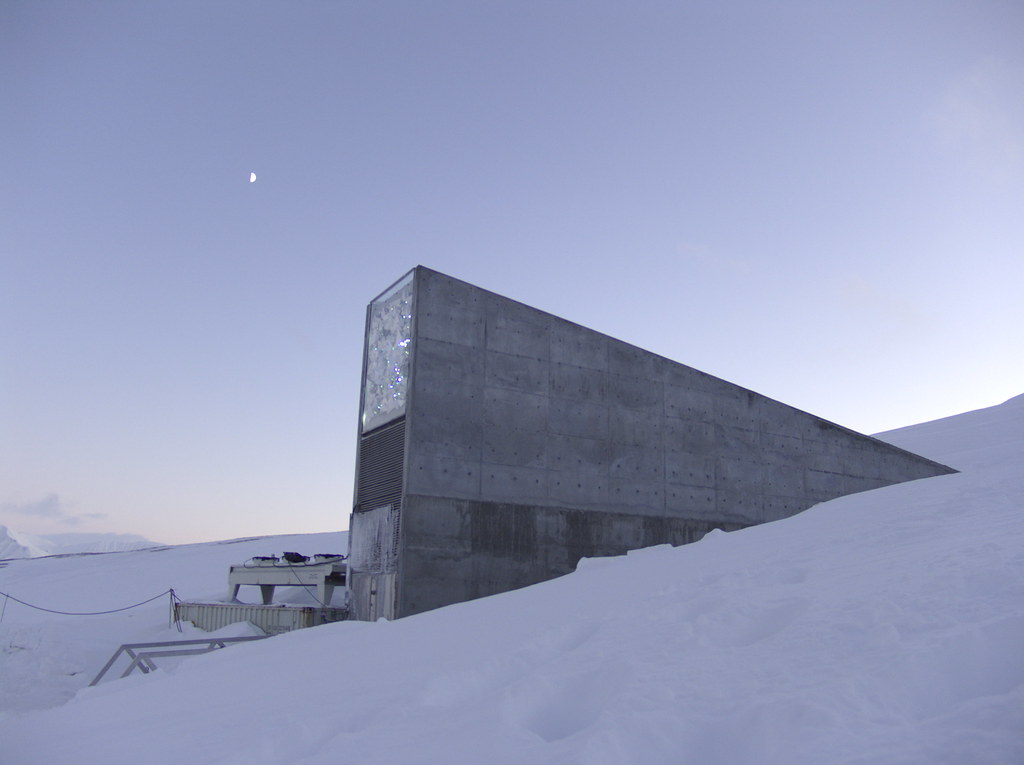Inside the World Seed Banks: Who Controls the Future of Global Agriculture?
The world’s seed banks are critical to preserving biodiversity, protecting food security, and ensuring the future resilience of agriculture. Seed banks hold the genetic keys to thousands of plant species, preserving them for study, cultivation, and reintroduction. But as the global population faces challenges from climate change, economic pressures, and increasing food demands, questions have emerged over who truly owns and controls these valuable genetic resources. Here’s a closer look at the key organizations, governments, and private entities involved.
1. Svalbard Global Seed Vault: A ‘Doomsday’ Backup for the World
- The Svalbard Global Seed Vault in Norway, often referred to as the “Doomsday Vault,” is perhaps the most famous of all seed banks. Opened in 2008, it is designed to store duplicates of seeds from gene banks worldwide, ensuring the preservation of global crops even in cases of natural or man-made disasters.
- The Svalbard Vault is owned by the government of Norway but is managed by a coalition involving the Nordic Genetic Resource Center (NordGen), the Global Crop Diversity Trust (Crop Trust), and contributions from the United Nations’ Food and Agriculture Organization (FAO). The seeds stored remain the property of the depositing countries or organizations. Norway’s control ensures Svalbard’s stability, but the Crop Trust plays a crucial role in funding and policy oversight.
2. National Gene Banks: Government-Controlled Treasures
- Most countries maintain their own national gene banks, where they store native and essential crops. These banks are often under government control, with oversight from agricultural ministries. For instance:
- The National Plant Germplasm System (NPGS) in the United States conserves plant genetic resources crucial for American agriculture.
- Russia’s Vavilov Institute maintains one of the world’s oldest and largest seed collections.
- China has rapidly expanded its seed bank infrastructure, with the National Gene Bank of China playing a pivotal role in preserving and developing seed varieties specific to Chinese agriculture.
- These banks safeguard national agricultural interests, often reflecting countries’ strategies for food security and self-sufficiency. However, cross-border sharing can be limited, especially in times of political tension.
3. The Role of Multinational Corporations
- Agricultural giants like Bayer, Corteva (formerly part of DowDuPont), and Syngenta control significant segments of the seed industry. While these companies primarily focus on commercial seeds for high-yield crops, their influence on seed availability and pricing affects global agriculture. Through intellectual property rights and patents on genetically modified organisms (GMOs) and hybrid seeds, these companies hold sway over the development and distribution of commercial seeds.
- Although they don’t typically manage large-scale seed banks like Svalbard, these corporations have private seed collections and research facilities. Their ownership of patented genetic traits and hybridized seeds raises questions about the power they hold over farmers worldwide, particularly in regions reliant on commercial seeds.
4. Nonprofits and Conservation Organizations
- Nonprofit organizations, especially those focused on conservation, play a critical role in advocating for diverse seed banks. Groups like Seed Savers Exchange in the United States and Navdanya in India support local farmers and indigenous communities by preserving heirloom varieties and traditional seeds.
- The Global Crop Diversity Trust (Crop Trust) is a nonprofit funded by international donations and managed by a board of global agricultural experts. It works closely with Svalbard and regional seed banks to support long-term conservation initiatives, ensuring that funding and expertise reach various countries, particularly those lacking financial resources to manage gene banks independently.
- These organizations emphasize protecting seed diversity outside corporate and government control, promoting seed sovereignty, and safeguarding traditional agricultural knowledge.
5. United Nations and International Agreements
- Through frameworks like the International Treaty on Plant Genetic Resources for Food and Agriculture, the United Nations promotes the sharing of seeds and genetic information among member countries. This treaty, managed by the FAO, encourages open access to essential plant genetic resources while respecting each country’s sovereignty over its contributions.
- The Consultative Group on International Agricultural Research (CGIAR), a network of 15 international agricultural research centers, has also been pivotal. CGIAR’s gene banks preserve genetic resources and provide plant materials to countries worldwide. These centers contribute to global food security by sharing data and seeds for research and crop development.
Challenges and Concerns Over Seed Bank Ownership
- Sovereignty and Control: National interests often conflict with international agreements, particularly where valuable genetic resources are concerned. Some countries are hesitant to share seeds freely, worried that they may lose control over unique crop varieties that could have commercial or strategic value.
- Corporate Power and Patents: Critics argue that the influence of multinational seed corporations threatens global food security by pushing farmers to adopt patented seeds, potentially reducing agricultural diversity and making seed access dependent on purchasing power.
- Climate Change and Adaptation: The preservation of crop varieties that can adapt to climate shifts is essential, making the work of both public and private seed banks crucial for future resilience. However, funding remains a challenge, especially for gene banks in developing countries.
Seed banks around the world are held by a mix of government institutions, nonprofits, and international organizations, with increasing influence from multinational corporations. Each of these players brings unique resources, challenges, and perspectives to the table, shaping the landscape of global food security and agricultural resilience. As climate change and population growth stress the need for crop diversity, the question of who owns and controls the world’s seeds—and for what purpose—becomes ever more pressing.






More Stories
Thorium Nuclear Reactors Now a Reality and Other Advanced Energy Systems
Is the Smithsonian Hiding Artifacts and Ancient History?
What Is The Human Biofield?